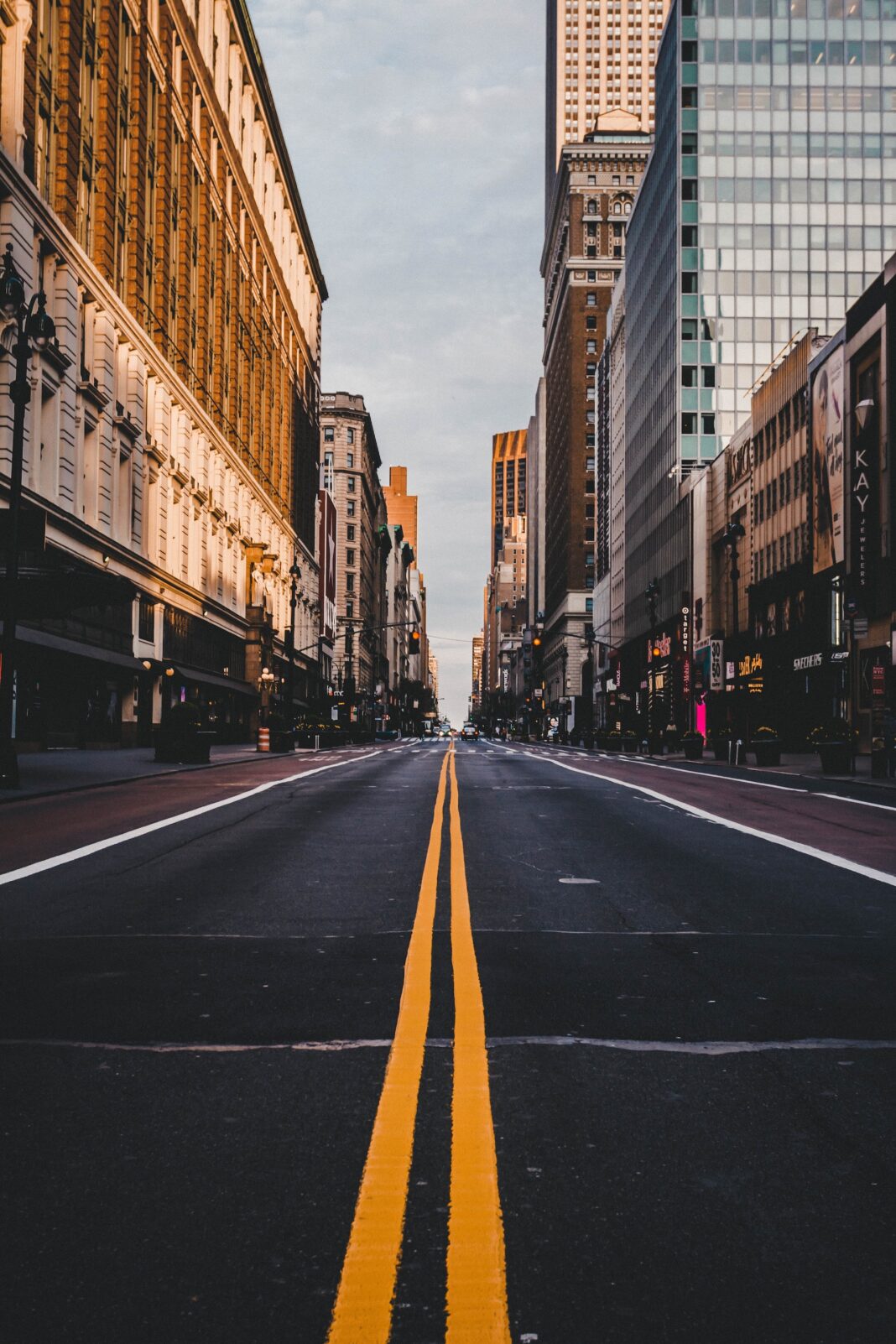UNITED STATES—When it comes to creative, efficient urban planning, San Francisco has always been a city to watch. The ‘Slow Streets’ initiative is yet another feather in the city’s cap, proving that conscientious changes in urban design can lead to significant societal benefits. This policy, aimed at reducing car traffic on certain streets, was reported by KTVU to have cut car crashes nearly in half on those impacted.
A Slow Streets Overview
The Slow Streets program was rolled out as a response to the changing dynamics of city life brought on by the COVID-19 pandemic. With more people staying local and increased pedestrian and cyclist activity, city planners aimed to create a safer, more peaceful environment for residents.
In essence, Slow Streets involves designating certain residential streets as ‘slow’ – limiting traffic and reducing speeds – creating a calmer, safer environment for pedestrians, cyclists, and local residents.
Impact on Safety and Car Crashes
While some recent auto accident studies show less crashes around other areas of California year over year, one of the most immediate and positive impacts of the Slow Streets program is an even more significant reduction in car crashes. According to the report from KTVU, car crashes were cut by almost 50% on some of the Slow Streets. This substantial decrease in accidents underscores the effectiveness of the initiative in creating safer streets for all users, not just motorists.
The reduction in crashes doesn’t just mean fewer injuries and less property damage. It also means a lower burden on emergency services, fewer traffic disruptions, and increased peace of mind for residents.
A Boost for Community Interaction
While the decrease in car crashes is a powerful endorsement of the Slow Streets initiative, the benefits of this program extend beyond safety. By limiting car traffic, these streets have become more welcoming spaces for pedestrians and cyclists. Children can play more safely, residents can stroll comfortably, and the overall atmosphere is more conducive to community interaction.
Furthermore, slowing down traffic tends to encourage people to stop, look around, and engage with local businesses more. This has the potential to boost local economies and strengthen the community fabric.
Challenges and Lessons
While the Slow Streets program has clearly demonstrated its worth, like any innovative initiative, it hasn’t been without its challenges. The change in traffic patterns can initially lead to confusion and resistance from motorists who were used to using these streets as thoroughfares. Further, the success of the program relies heavily on community buy-in and ongoing compliance with new traffic regulations.
Despite these challenges, San Francisco’s Slow Streets is a case study of how cities can re-envision and adapt their infrastructure to better serve the needs of all residents. It’s a reminder that sometimes, slowing down can help us to make great strides forward.
A Promising Future
San Francisco’s Slow Streets initiative represents a promising example of how thoughtful urban planning can create safer, more livable spaces and foster a stronger sense of community. The dramatic decrease in car crashes is a testament to the initiative’s success. It’s clear that with a little creativity and willingness to adapt, we can make our cities more harmonious, healthy, and safe for everyone.







